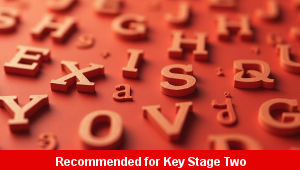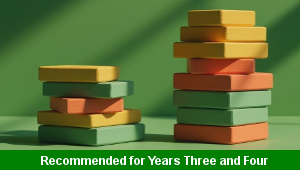Lesson Five – Building Greenhouses

This design technology teaching pack for Key Stage Two gets the children to practise using different shapes and materials to construct the frame for a structure that can be used to grow some plants and flowers in a garden.
The class can identify and explain how to shape and combine materials to build a structure that matches the selected success criteria for the completed garden construction.
Download this teaching pack including a lesson plan, classroom activities and an interactive presentation to practise using different shapes and materials to construct the frame for a structure that can be used to grow some plants and flowers in a garden
Activities in this teaching pack include display posters to identify and describe some of the different constructions that can used for a garden building and a worksheet to construct the framework when building a model of a greenhouse to match selected success criteria for the completed construction.
The interactive presentation can be used to explore how to construct the frame for a structure that can be used to grow plants and flowers in a garden.
This lesson is part of a design technology scheme of work to get the children to select, shape and combine different materials to plan, build and test a model of a garden construction suitable for growing plants and flowers. There are teaching activities for shared learning, differentiated worksheets to support independent learning and interactive presentations to introduce concepts and key skills.
-

English Spelling Assessment
Assess abilities in spelling different vocabulary words based on the National Curriculum programmes of study for Key Stage Two
-

Subtraction Differences
Explain and model some of the informal and formal written calculations skills that can be used to find the difference between pairs of two and three digit numbers
-

Fraction Equivalence
Investigate, compare and record the values of different non-unit fractions using equivalence between their sets of matching numerators and denominators
-

World Wars Poems
Explore and reflect on how poets can use figurative language and verse structures to express themes and ideas about conflicts that have happened in the world
